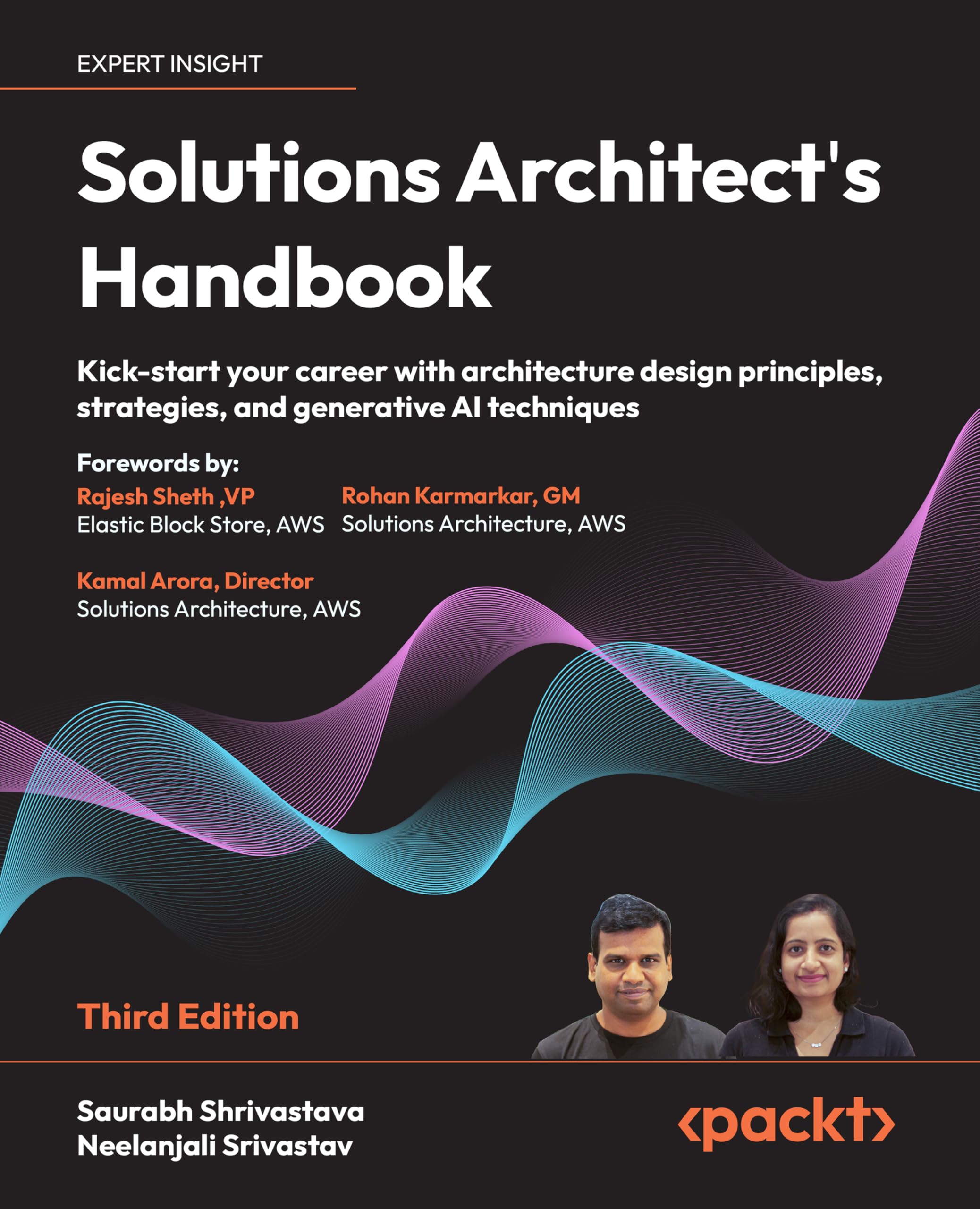The Solutions Architect’s Handbook – Third Edition is a must-have resource for anyone looking to jumpstart their career in architecture design. Packed with practical advice, this book equips aspiring architects with the principles, strategies, and cutting-edge techniques needed to excel in the field.
What sets this book apart?
This edition stands out from the rest with its inclusion of generative AI techniques, which are revolutionizing the way architects approach their work. By exploring the intersection of architecture and artificial intelligence, the book provides readers with a unique perspective and valuable insights into the future of the industry.
Comprehensive and insightful
With 578 pages of in-depth content, this handbook covers a wide range of topics essential to a solutions architect’s success. From foundational concepts to advanced strategies, readers will find comprehensive guidance, allowing them to develop a strong foundation and expand their skills.
Practical advice for real-world scenarios
What truly sets this book apart is its focus on practicality. The author, using their extensive industry experience, presents real-world scenarios and offers actionable advice for navigating them successfully. This hands-on approach ensures that readers gain not only theoretical knowledge but also the practical skills needed to excel in their careers.
Accessible language and clear explanations
The book’s language is approachable and free from unnecessary jargon, making it accessible to readers at any stage of their career. Complex concepts are explained clearly, ensuring that even complex topics are easy to understand and apply in practice.
Final thoughts
Whether you’re a beginner looking to kick-start your career or an experienced architect seeking to stay on top of industry trends, the Solutions Architect’s Handbook – Third Edition is an invaluable resource. With its comprehensive coverage, practical advice, and insights into generative AI techniques, this book is a must-read for anyone serious about excelling in the field of architecture design.
